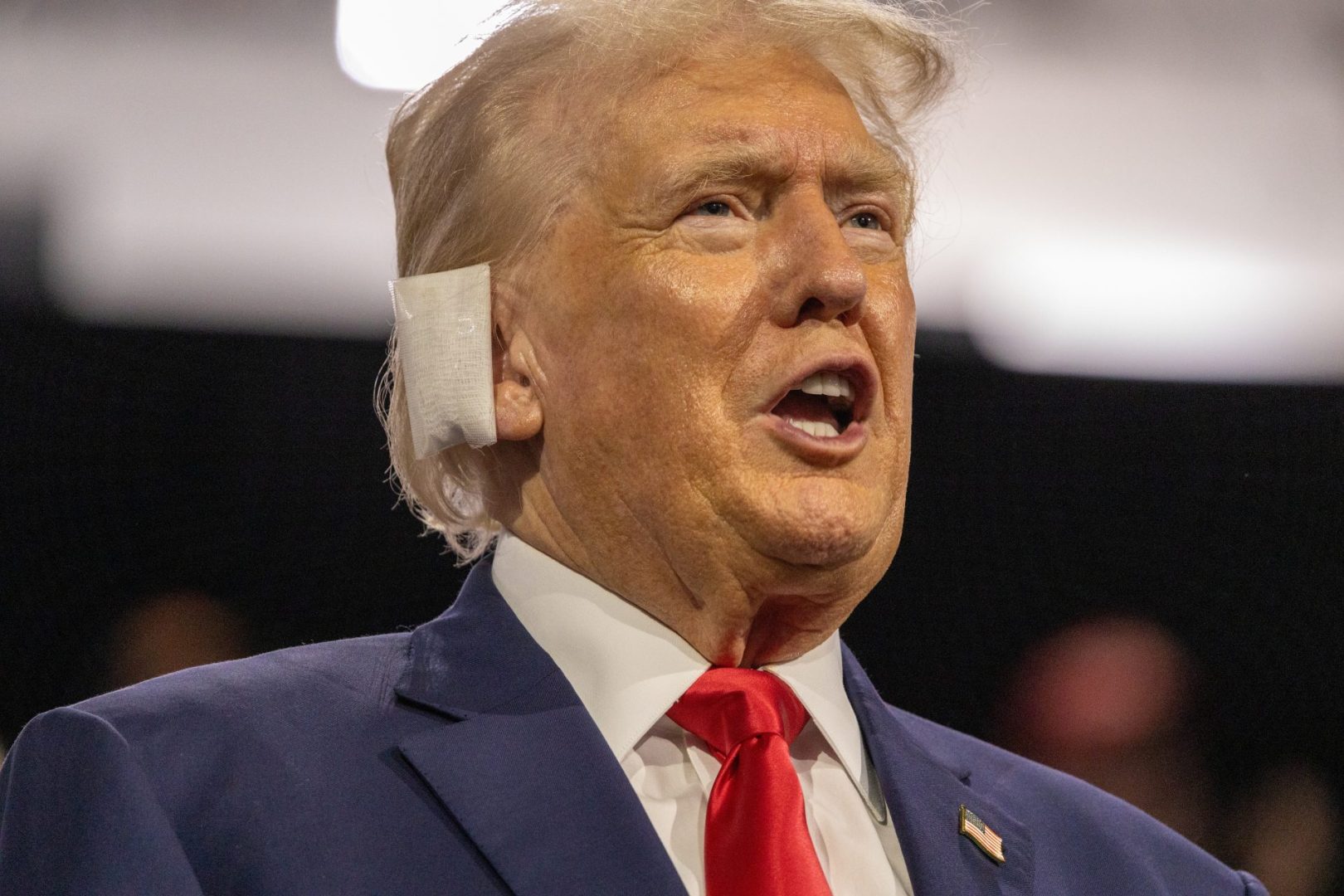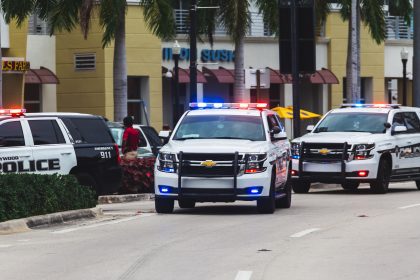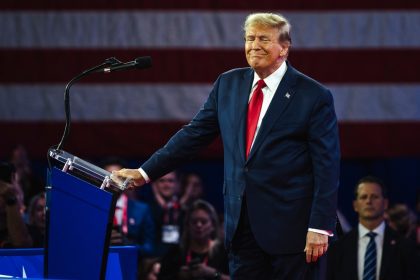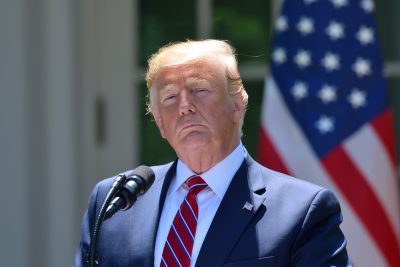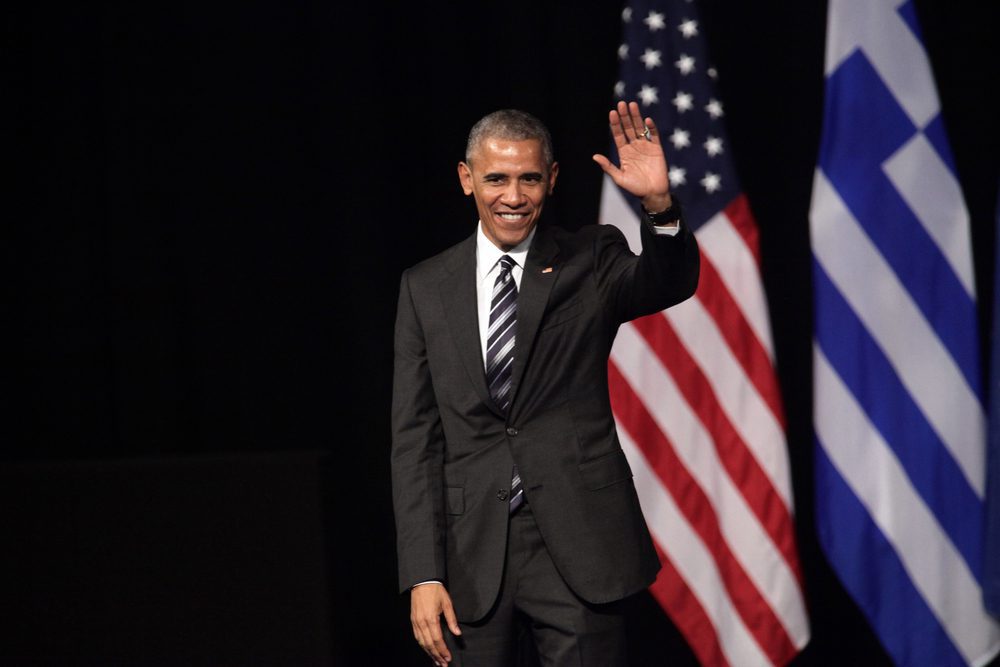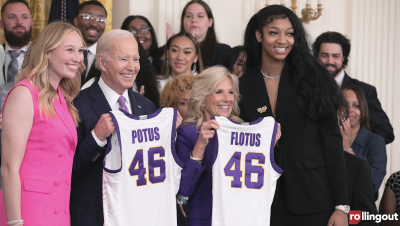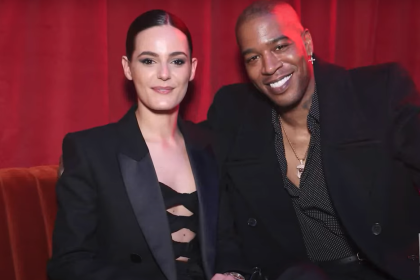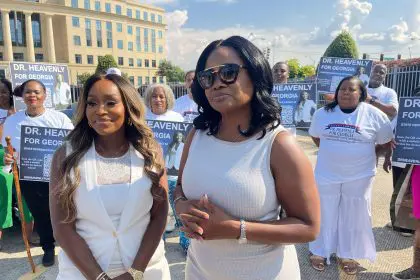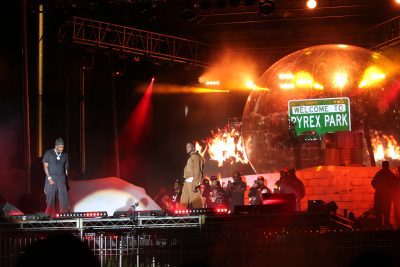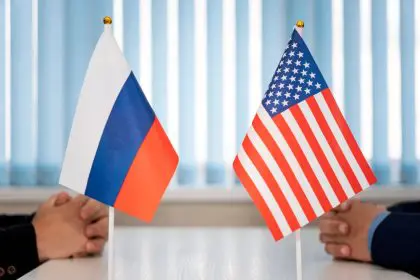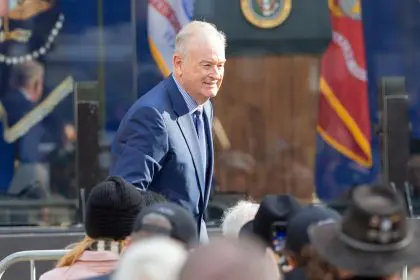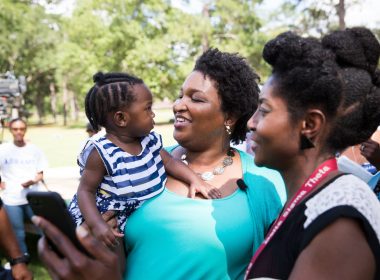The U.S. Secret Service has suspended six agents for security failures that contributed to the attempted assassination of Donald Trump during a campaign rally in Butler, Pennsylvania, nearly one year ago. The disciplinary actions come as the agency continues to face scrutiny over breakdowns that left the former president vulnerable to a gunman who managed to wound Trump and kill an innocent bystander.
The suspensions, ranging from 10 to 42 days, were issued in recent months and affect personnel from supervisory level to line agents. The timing of these disciplinary measures, announced just four days before the anniversary of the July 13, 2024 shooting, underscores the ongoing fallout from one of the most significant security failures in Secret Service history.
The assassination attempt shocked the nation and exposed serious vulnerabilities in presidential security protocols. The incident left Trump with a bloodied ear and tragically claimed the life of Corey Comperatore, a firefighter who was attending the rally as a supporter. The attack highlighted critical gaps in the security perimeter that allowed 20-year-old Thomas Matthew Crooks to position himself with a clear line of sight to the stage.
1. Multiple security breakdowns created perfect storm
An independent review by the Department of Homeland Security revealed a cascade of failures that created an environment where an assassination attempt could succeed. The investigation found that the Secret Service had become bureaucratic, complacent, and static despite evolving threats and advancing technology.
The security perimeter around the Butler rally proved inadequate, with insufficient coverage of nearby buildings that provided elevated positions for potential attackers. Communication breakdowns between different law enforcement agencies created confusion about responsibilities and threat assessment procedures.
Personnel positioning and coordination failures left critical gaps in the security coverage that the shooter was able to exploit. The review identified specific moments where different decisions or better communication could have prevented the attack from occurring.
The investigation revealed systemic issues within the Secret Service that extended beyond individual agent performance to organizational culture and operational procedures. These findings prompted calls for comprehensive reforms to prevent similar incidents in the future.
2. Shooter eliminated by Secret Service countersnipers
Despite the security failures that allowed the attack to begin, Secret Service countersnipers stationed at the rally successfully neutralized the threat by killing Thomas Matthew Crooks before he could fire additional shots. The quick response by these specialized agents likely prevented a more catastrophic outcome.
The countersnipers’ effectiveness demonstrated the importance of having multiple layers of security, even when primary prevention measures fail. Their training and positioning allowed them to respond rapidly once the threat was identified and engaged.
The successful neutralization of the shooter highlighted both the capabilities and limitations of Secret Service protection. While the agency’s response units performed effectively under pressure, the initial prevention systems had clearly failed to detect and stop the threat before it materialized.
The incident underscored the split-second nature of security decisions and the importance of having skilled professionals positioned to respond when primary security measures are breached.
3. Leadership changes follow security failures
The assassination attempt led to immediate leadership changes within the Secret Service, most notably the resignation of Director Kimberly Cheatle just 10 days after the shooting. Her departure signaled acknowledgment of the severity of the security failures and the need for new leadership to restore confidence in the agency.
The leadership transition created an opportunity for comprehensive review and reform of Secret Service procedures and protocols. New leadership faced the challenge of addressing both immediate security concerns and longer-term organizational issues identified in the investigation.
The director’s resignation represented accountability at the highest levels of the agency, though critics argued that more extensive changes were needed to address systemic problems identified in the review process.
The leadership changes also highlighted the political sensitivity of Secret Service operations and the intense scrutiny that accompanies high-profile security failures involving presidential candidates and former presidents.
4. Second assassination attempt compounds concerns
The security failures in Butler became even more concerning when Trump faced a second apparent assassination attempt just nine weeks later while golfing at his West Palm Beach, Florida course. This second incident raised questions about whether adequate security improvements had been implemented following the first attack.
The proximity of these two incidents created unprecedented security challenges for the Secret Service, which had to rapidly adapt its protocols while protecting a former president who remained actively involved in political campaigning.
The second incident prompted additional security enhancements and led to Trump receiving presidential-level protection, reflecting the elevated threat environment and the agency’s recognition of ongoing vulnerabilities.
The occurrence of two separate attempts within such a short timeframe highlighted the persistent nature of threats against high-profile political figures and the need for continuous adaptation of security measures.
5. Ongoing security protocol changes
Following both assassination attempts, the Secret Service implemented significant changes to security protocols for Trump’s campaign events. These modifications included expanded security perimeters, enhanced threat assessment procedures, and improved coordination between federal, state, and local law enforcement agencies.
The new protocols required more extensive advance planning for campaign events, with security teams conducting more thorough site assessments and implementing additional layers of protection. These changes inevitably affected the logistics and costs of campaign activities.
The enhanced security measures also created new challenges for campaign operations, requiring careful balance between maintaining security and preserving the accessibility that characterizes American political campaigns.
The implementation of presidential-level security for Trump’s campaign activities represented a significant escalation in protection measures, reflecting both the assessed threat level and the agency’s commitment to preventing future incidents.
Disciplinary actions and appeals process
The suspended agents have been given the right to appeal their disciplinary actions, following standard Secret Service procedures for personnel matters. The appeals process will allow the agents to present their cases and potentially challenge the agency’s findings regarding their performance during the Butler incident.
The range of suspension lengths, from 10 to 42 days, suggests that the agency differentiated between levels of responsibility and performance failures among the various personnel involved in the security operation.
The disciplinary actions represent a balance between accountability and recognition that the security failures resulted from multiple factors rather than simple individual negligence. The agency’s approach reflects both the need for consequences and the complexity of the security challenges involved.
As the anniversary of the assassination attempt approaches, these suspensions serve as a reminder of the ongoing efforts to address the failures that nearly resulted in a national tragedy and claimed the life of an innocent American.

